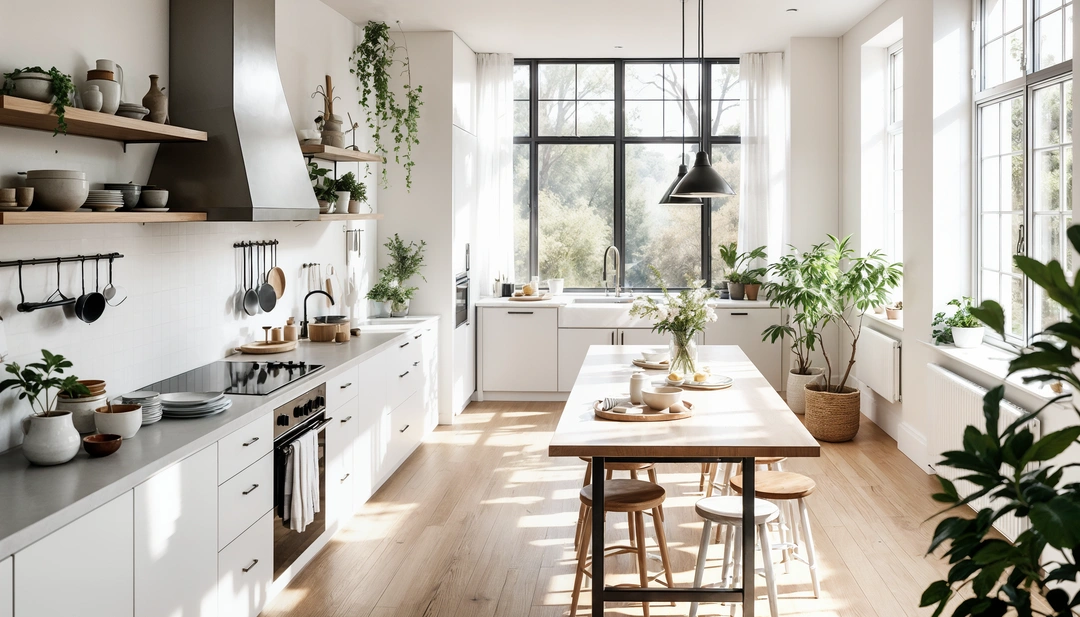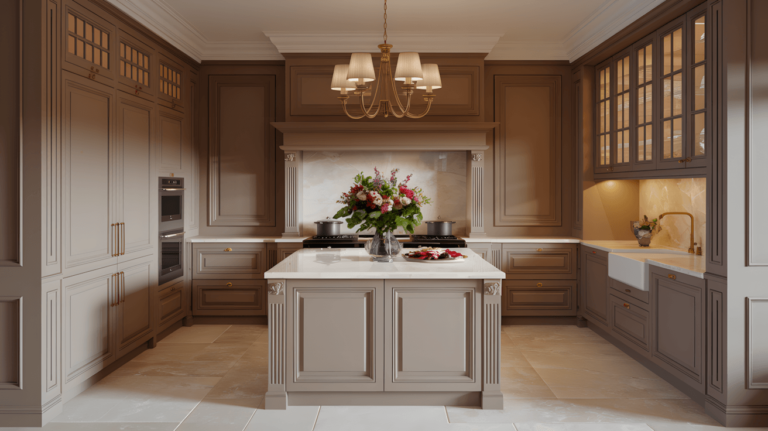In my years of helping homeowners create functional and beautiful kitchen spaces, I’ve observed that Nordic design principles offer something particularly valuable—the ability to create environments that feel both serene and highly functional for daily cooking and family life.
The challenge lies in implementing these principles authentically while adapting them to different home layouts, budgets, and lifestyle requirements.
Through various Nordic-inspired kitchen projects, I’ve learned that successful implementation depends on understanding both the philosophical foundations of Nordic design and their practical applications in modern homes.
I’ve seen expensive renovations that missed the mark because they focused on appearance without considering how families actually use their kitchens, and I’ve learned to prioritize approaches that enhance daily living while creating the desired aesthetic.
These 18 Nordic kitchen design ideas represent approaches I’ve found effective in creating spaces that balance minimalist principles with practical functionality, each offering solutions for different home types, family sizes, and lifestyle needs.
Note: For any structural modifications, electrical work, or installations mentioned in this article, always consult with licensed professionals to ensure safety and code compliance.
1. Neutral Color Foundation Strategy

This approach demonstrates how neutral palettes can create calm, functional environments. Whites, light grays, and soft blues can make spaces feel more expansive while providing versatile backgrounds for daily activities.
These colors often work well in smaller kitchens where visual openness becomes important, though they may require more frequent cleaning to maintain their fresh appearance. The psychological benefits of neutral environments may include reduced stress and improved focus during cooking tasks.
Neutral color maintenance: Light colors typically show dirt and wear more readily than darker alternatives, requiring consideration of maintenance routines and lifestyle factors.
2. Natural Wood Integration for Warmth
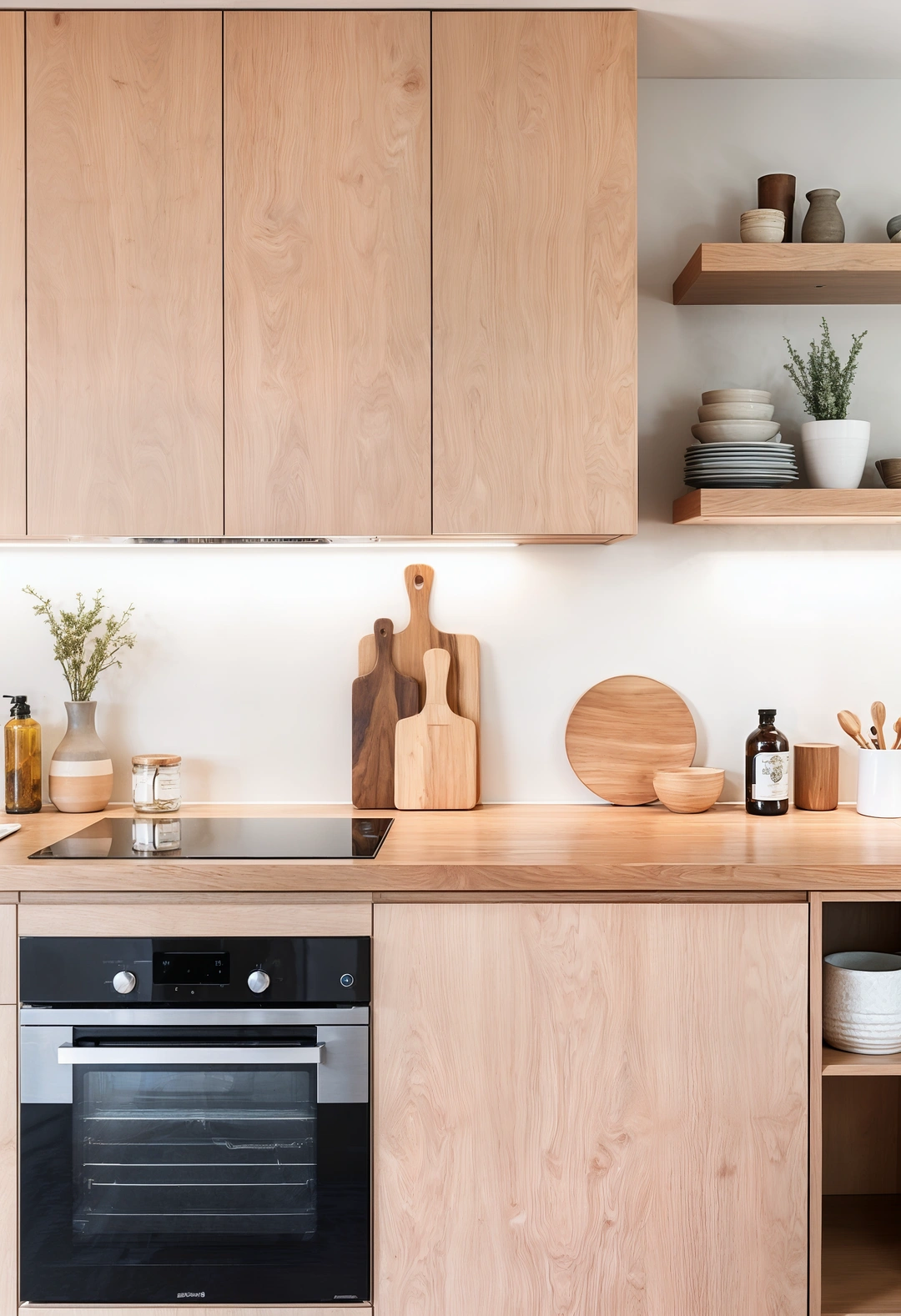
This approach uses authentic wood materials to balance minimalist aesthetics with natural warmth. Light-colored woods like ash, pine, or oak can provide organic texture while maintaining Nordic principles of simplicity.
Wood elements require proper treatment and maintenance in kitchen environments due to moisture and temperature variations. The combination often appeals to those wanting natural materials that age gracefully over time.
Wood maintenance consideration: Kitchen wood elements need appropriate sealing and care to withstand daily use and moisture exposure.
3. Streamlined Cabinetry Design
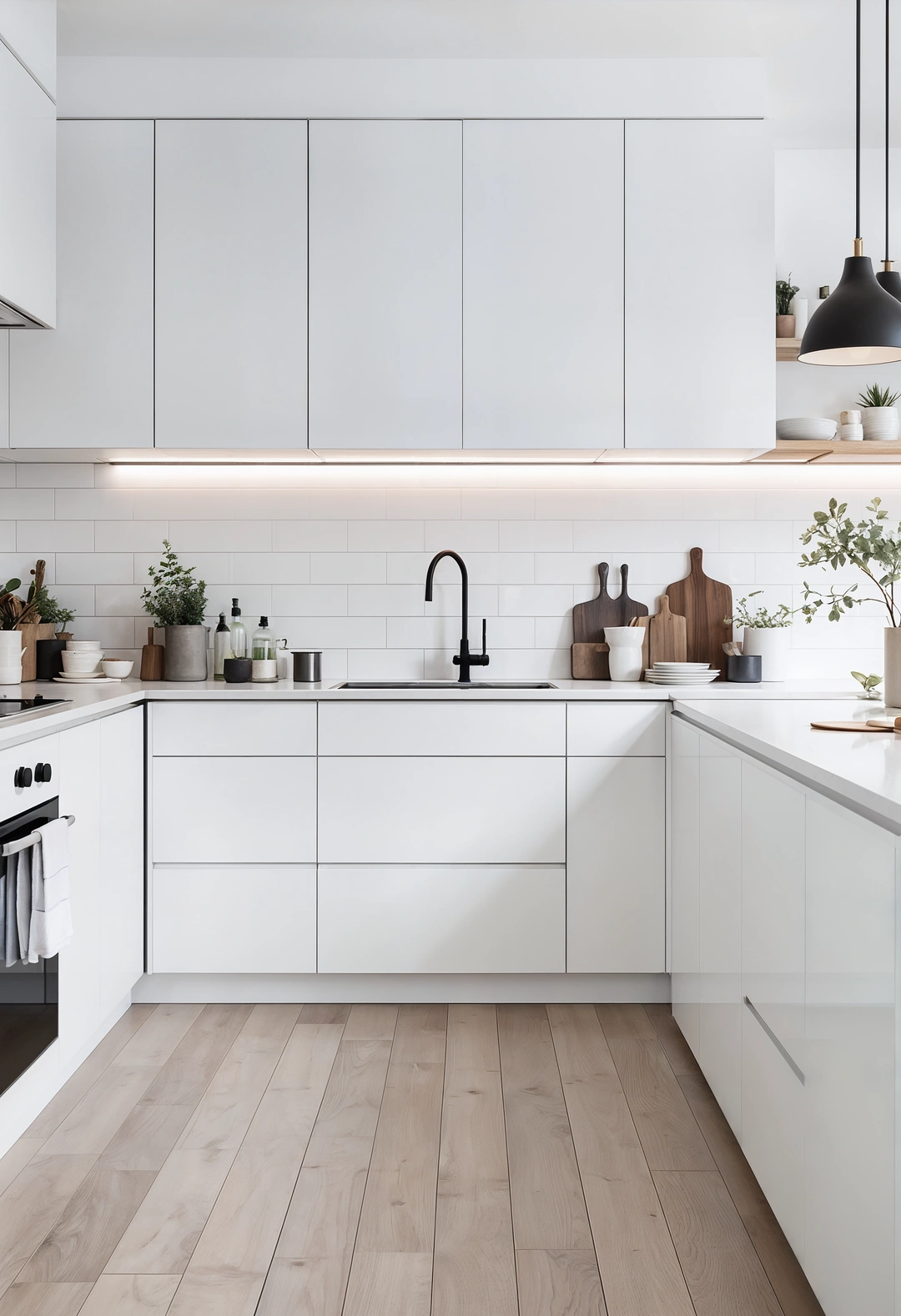
This approach emphasizes clean, functional cabinet design. Flat-front doors and handle-free options can create seamless appearances while maximizing storage efficiency.
Integrated handles may require specific hardware and installation techniques, while the smooth surfaces can make cleaning easier. The combination typically works well for those wanting contemporary functionality without decorative distractions.
Handle-free considerations: Touch-latch mechanisms and integrated handles may require specific installation techniques and can affect daily usability.
4. Subtle Texture Through Natural Materials
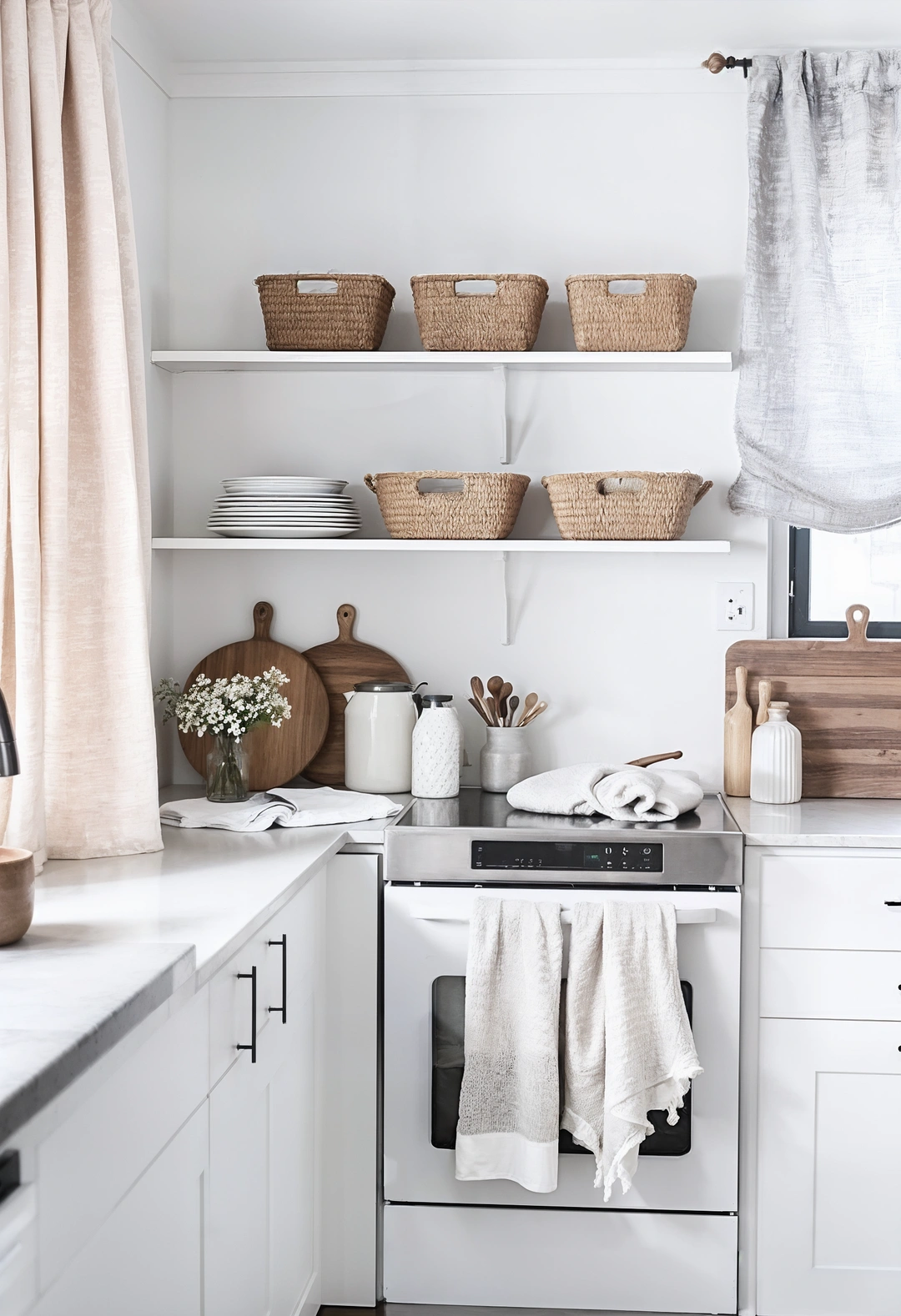
This approach incorporates texture while maintaining minimalist principles. Natural textiles like linen, wool, and jute can add tactile interest through towels, placemats, and other functional elements.
These materials often require specific care routines but can provide comfort and visual interest without compromising clean aesthetics. The combination appeals to those wanting sensory richness within simplified design frameworks.
Natural textile care: Organic materials may require specific washing and maintenance routines to preserve their appearance and functionality.
5. Natural Light Maximization Strategy
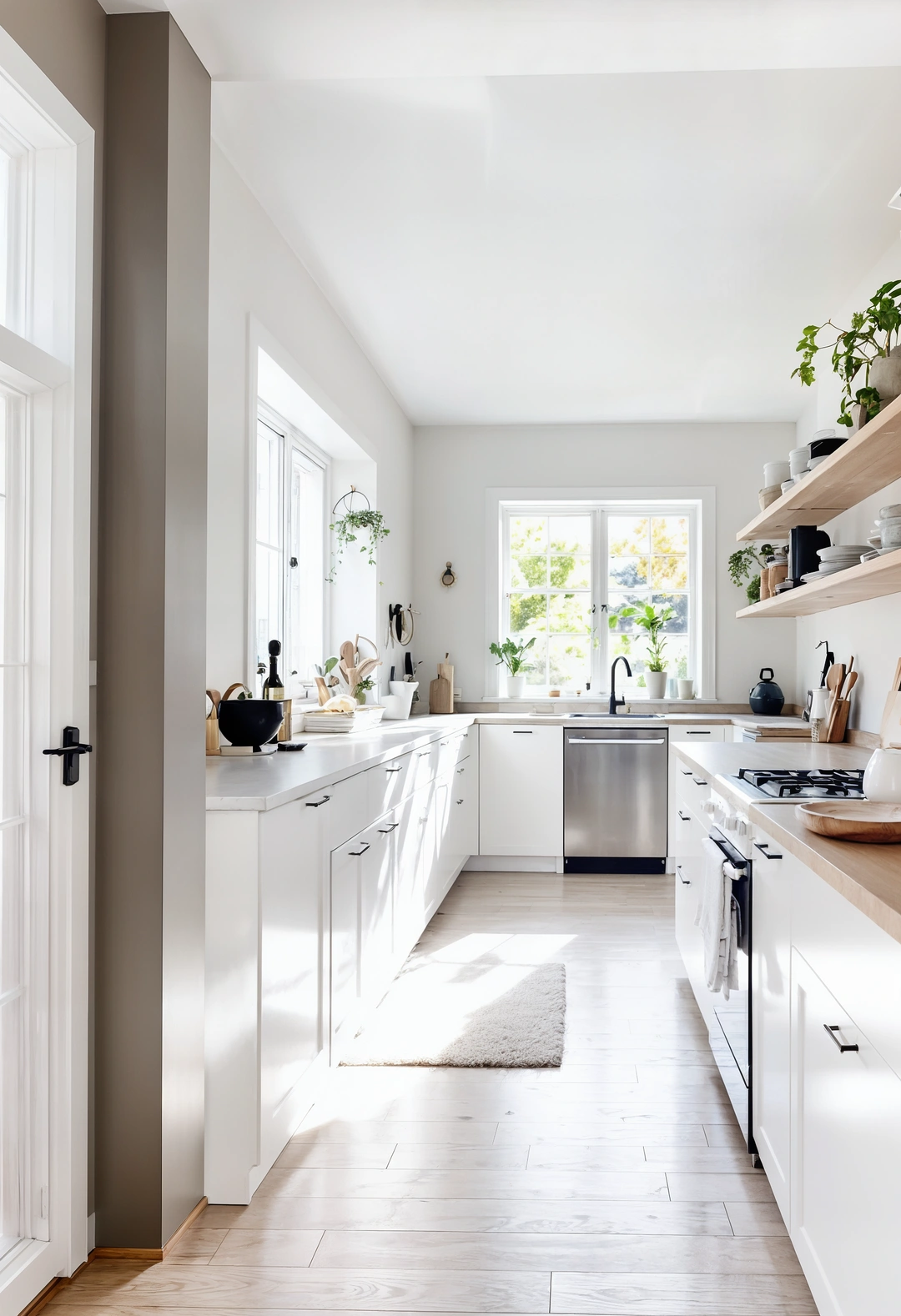
This approach prioritizes available daylight for both practical and aesthetic benefits. Large windows and minimal window treatments can help maximize natural light while reducing dependence on artificial lighting during daytime hours.
Privacy considerations may require creative solutions like frosted films or strategic landscaping. The combination often works well in locations with good natural light exposure.
Privacy balance: Maximizing light while maintaining privacy may require creative window treatment solutions or landscape planning.
6. Open Shelving for Accessibility
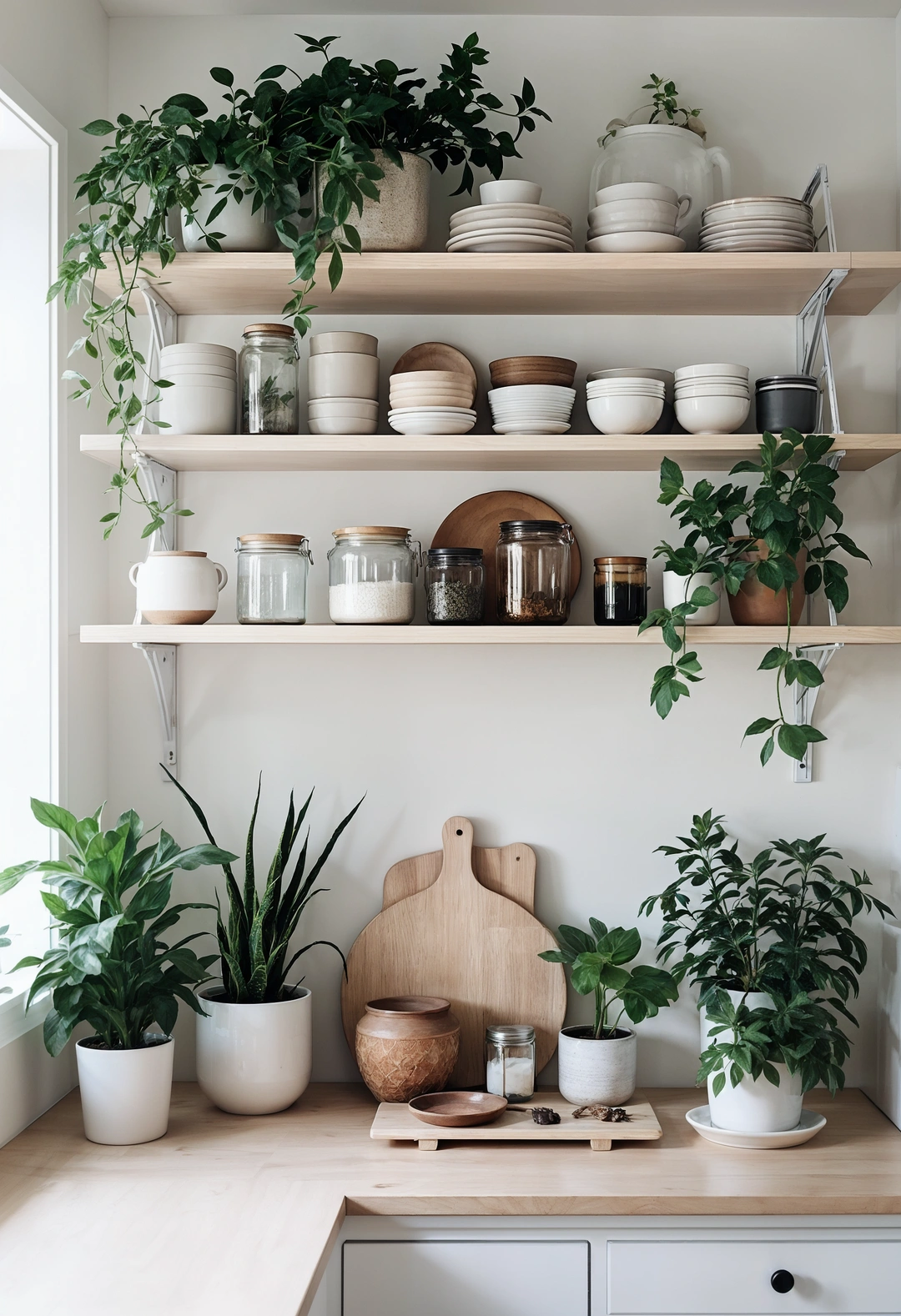
This approach combines storage with display opportunities. Open shelving can improve accessibility while encouraging organized storage habits through visible accountability.
Dust accumulation and the need for consistently organized contents become important considerations. The combination often works for those who enjoy maintaining organized, attractive storage displays.
Open storage reality: Visible storage requires consistent organization and regular cleaning to maintain the desired aesthetic.
7. Minimalist Hardware Selection
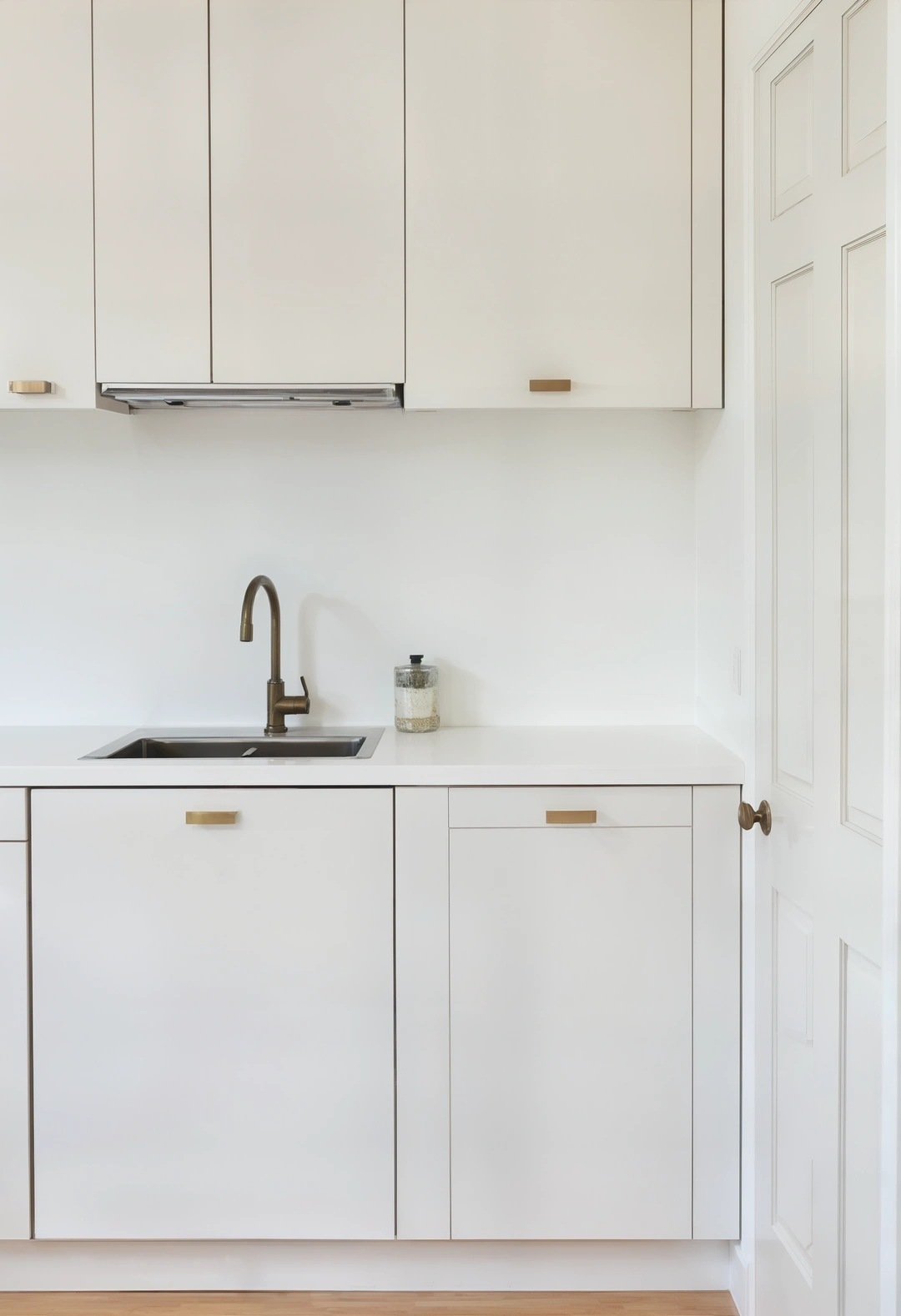
This approach uses hardware as subtle design elements rather than decorative features. Simple, understated handles in coordinated finishes can maintain clean lines while providing necessary functionality.
Quality hardware often costs more initially but provides better long-term durability and operation. The combination typically appeals to those wanting lasting functionality without visual distraction.
Hardware quality: Higher-quality hardware typically provides better long-term performance and durability in daily kitchen use.
8. Efficient Layout Planning
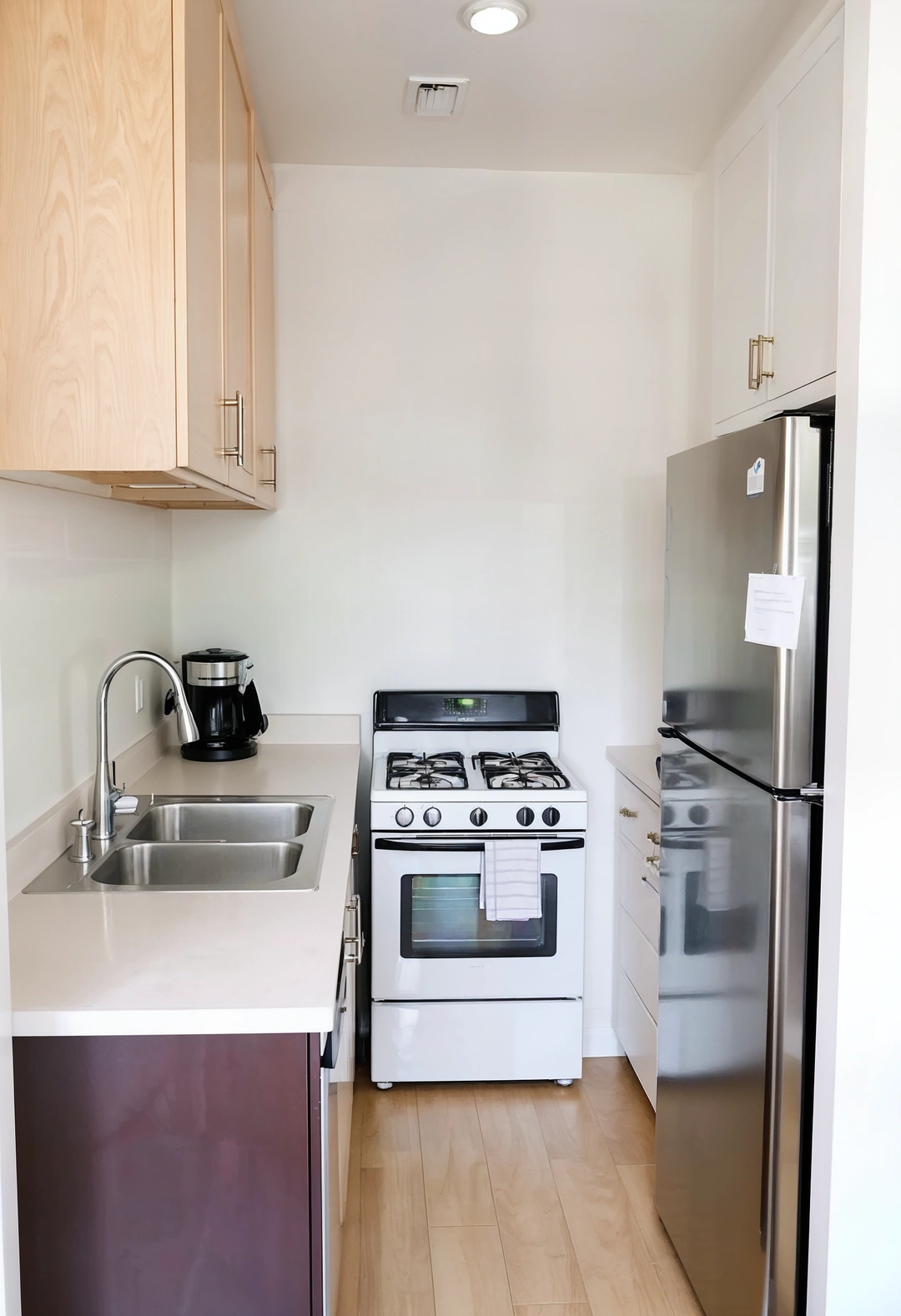
This approach prioritizes workflow efficiency over decorative considerations. Well-planned work triangles and logical storage placement can improve daily cooking activities while maintaining clean aesthetics.
Professional kitchen design consultation may be valuable for optimizing complex layouts. The combination often works best when planned comprehensively rather than implemented piecemeal.
Layout optimization: Efficient kitchen layouts often benefit from professional planning to maximize functionality within available space.
9. Lighting as Functional Design
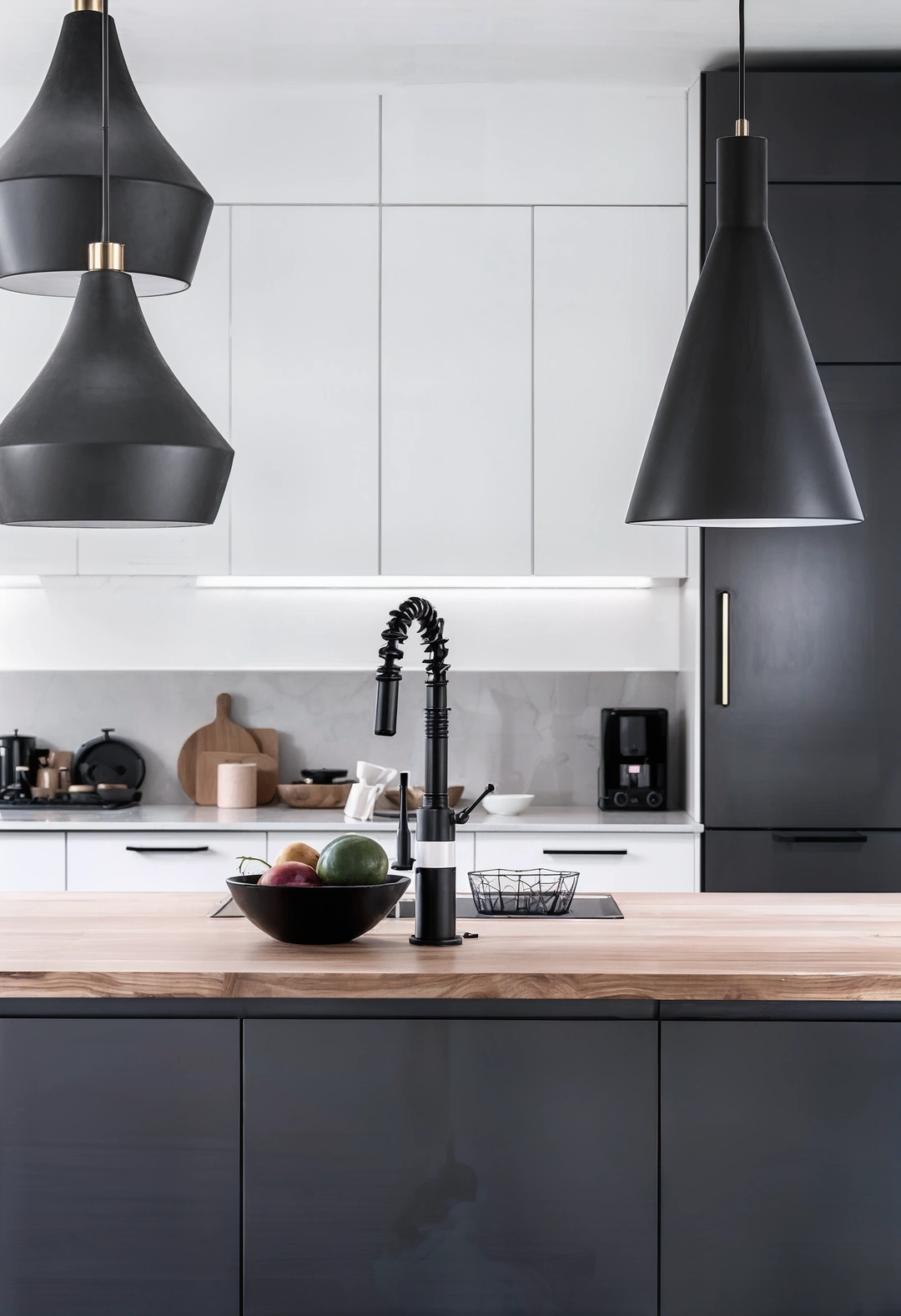
This approach treats lighting as both practical necessity and design element. Well-chosen fixtures can provide adequate illumination while contributing to overall aesthetic goals.
Lighting needs vary significantly based on natural light availability and daily use patterns. The combination often requires multiple light sources for different activities and times of day.
Lighting planning: Adequate kitchen lighting typically requires multiple fixtures and may benefit from professional electrical planning.
10. Appliance Integration Strategy
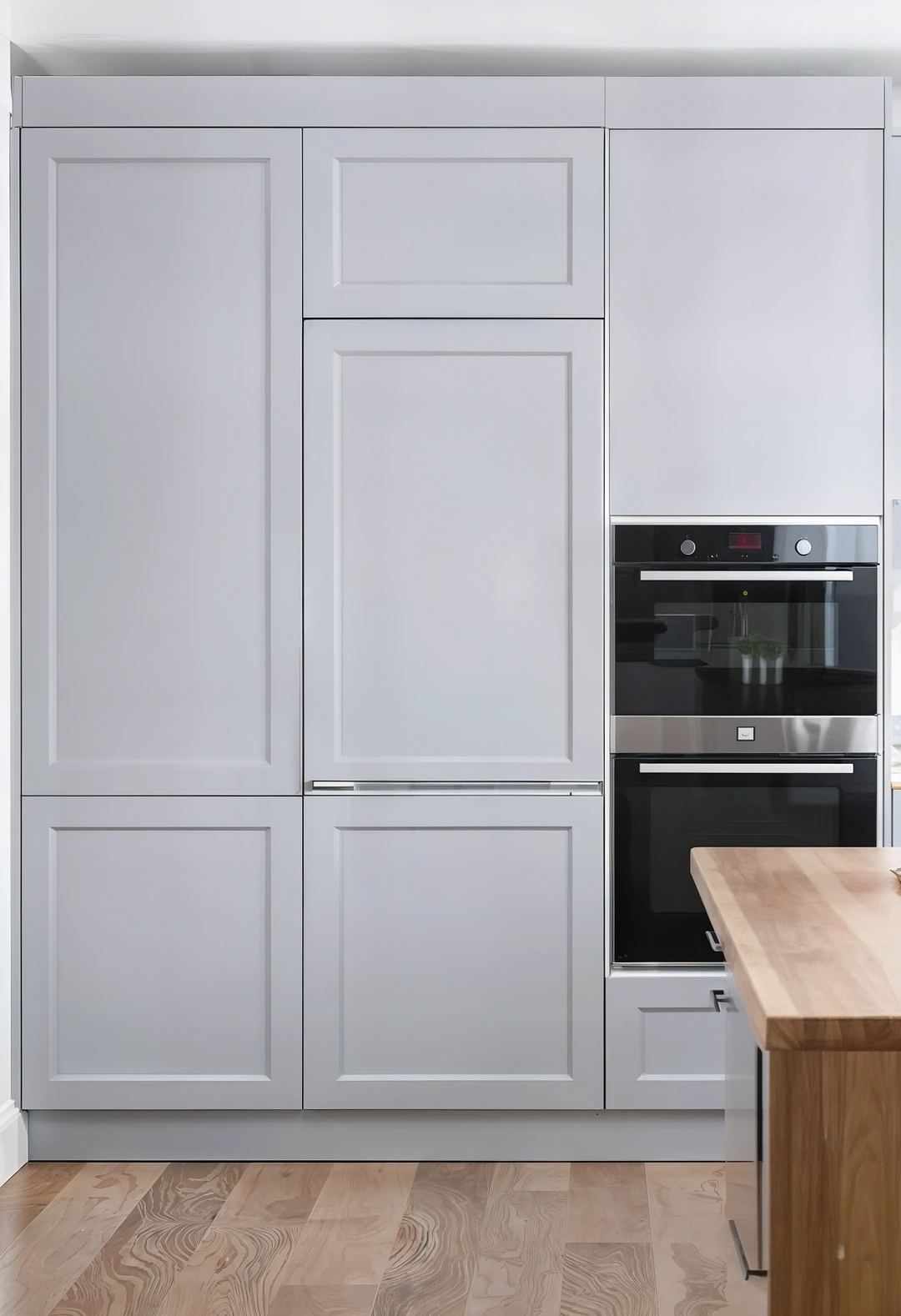
This approach maintains clean aesthetics through appliance concealment. Integrated appliances can create uniform appearances while providing necessary functionality.
Custom cabinetry for appliance integration often increases costs and complexity but can significantly improve visual coherence. The combination appeals to those prioritizing seamless design.
Integration costs: Custom appliance integration typically increases renovation costs but can provide significant aesthetic benefits.
11. Strategic Dark Accents
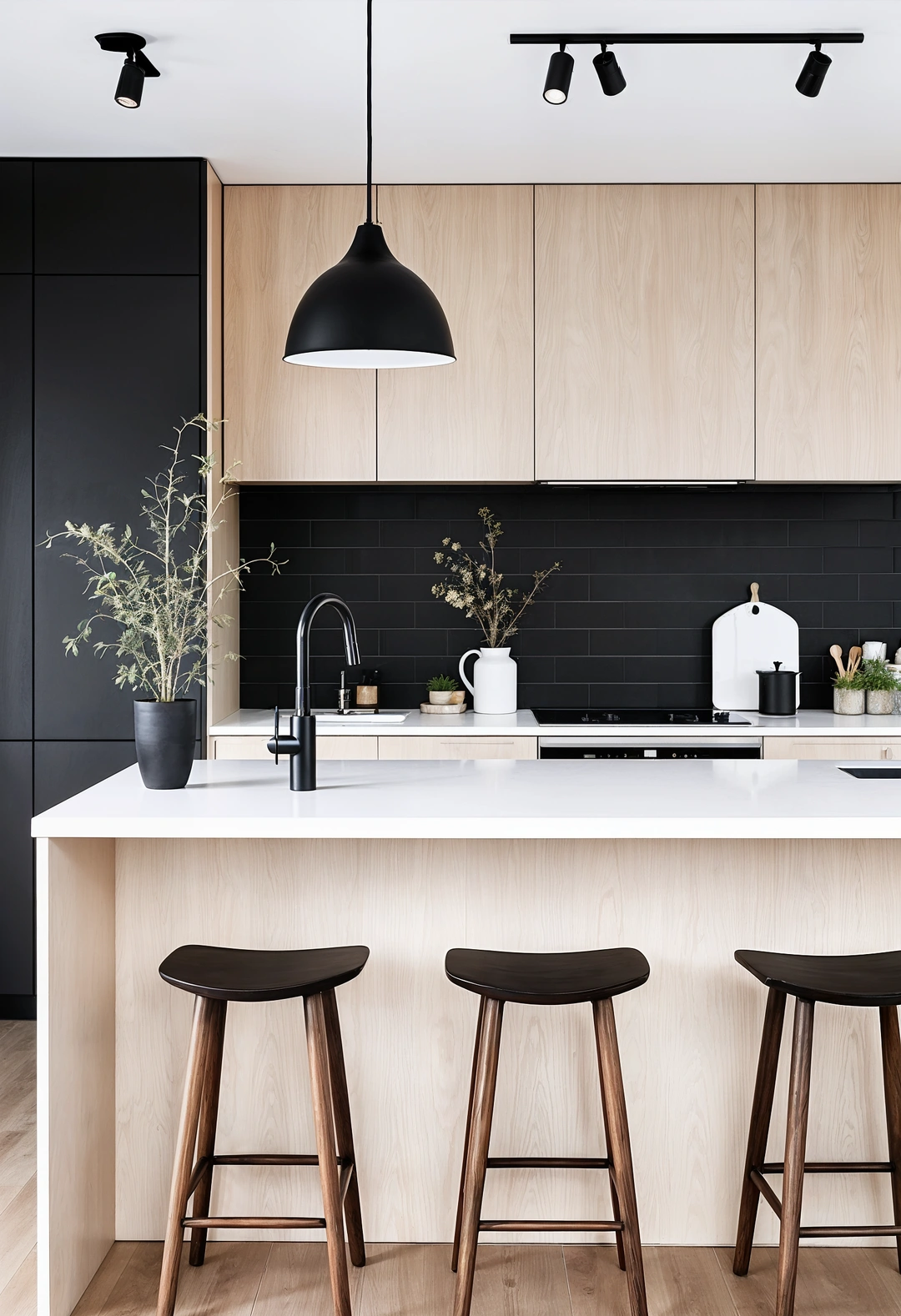
This approach uses contrast for visual interest while maintaining Nordic simplicity. Matte black elements can provide sophisticated contrast without overwhelming light-dominated spaces.
Dark accents may show fingerprints and water spots more readily than lighter finishes. The combination often works for those wanting contemporary edge within minimalist frameworks.
Dark accent maintenance: Dark finishes may require more frequent cleaning to maintain their appearance in high-use kitchen environments.
12. Natural Stone Integration
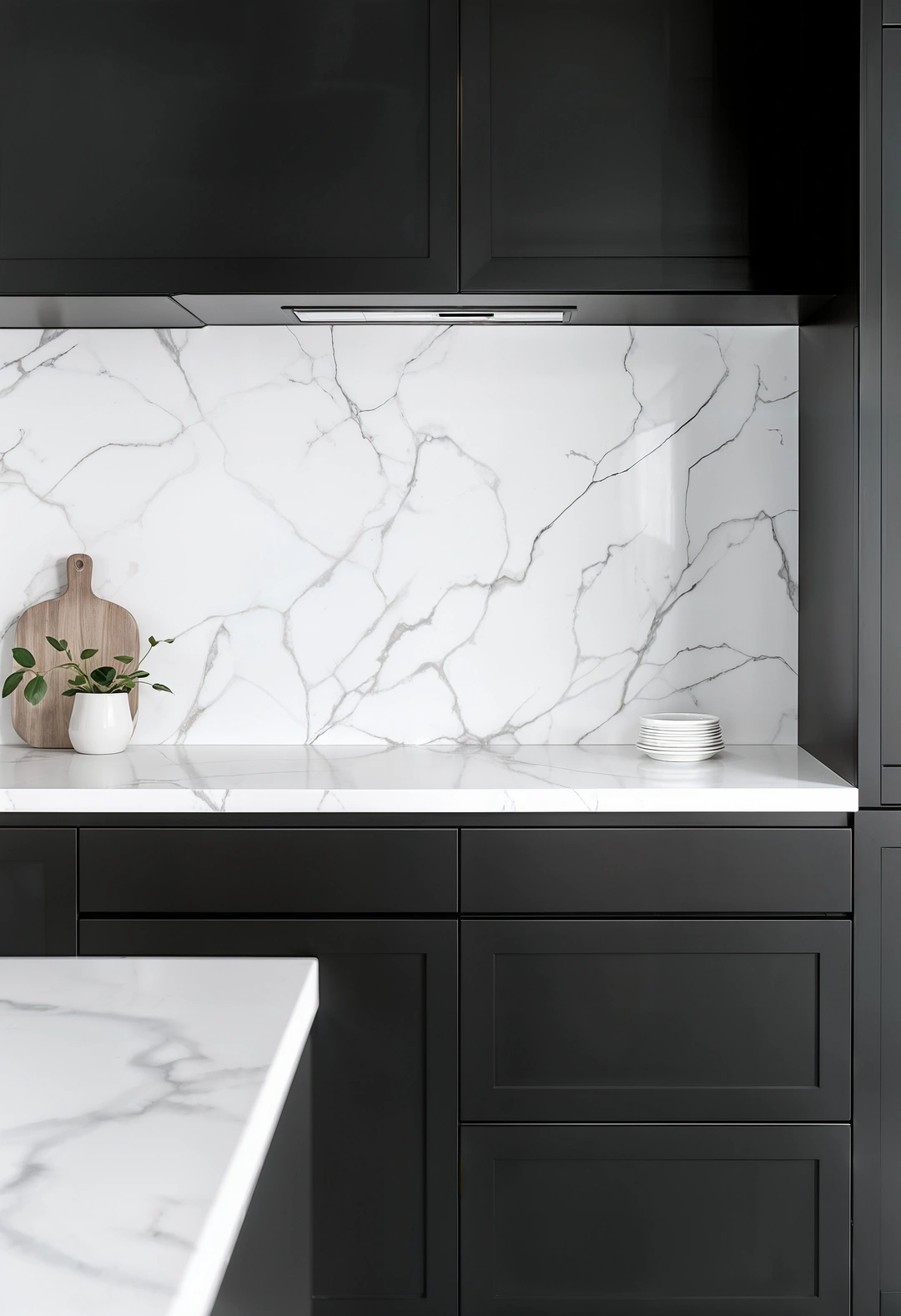
This approach incorporates luxury materials while maintaining Nordic authenticity. White marble can provide sophisticated surfaces while connecting to natural material themes.
Natural stone requires specific care and maintenance routines, particularly in kitchen environments. The combination often appeals to those wanting lasting elegance with natural character.
Stone maintenance: Natural stone materials typically require sealing and specific care routines to maintain their appearance and durability.
13. Flooring as Foundation Element
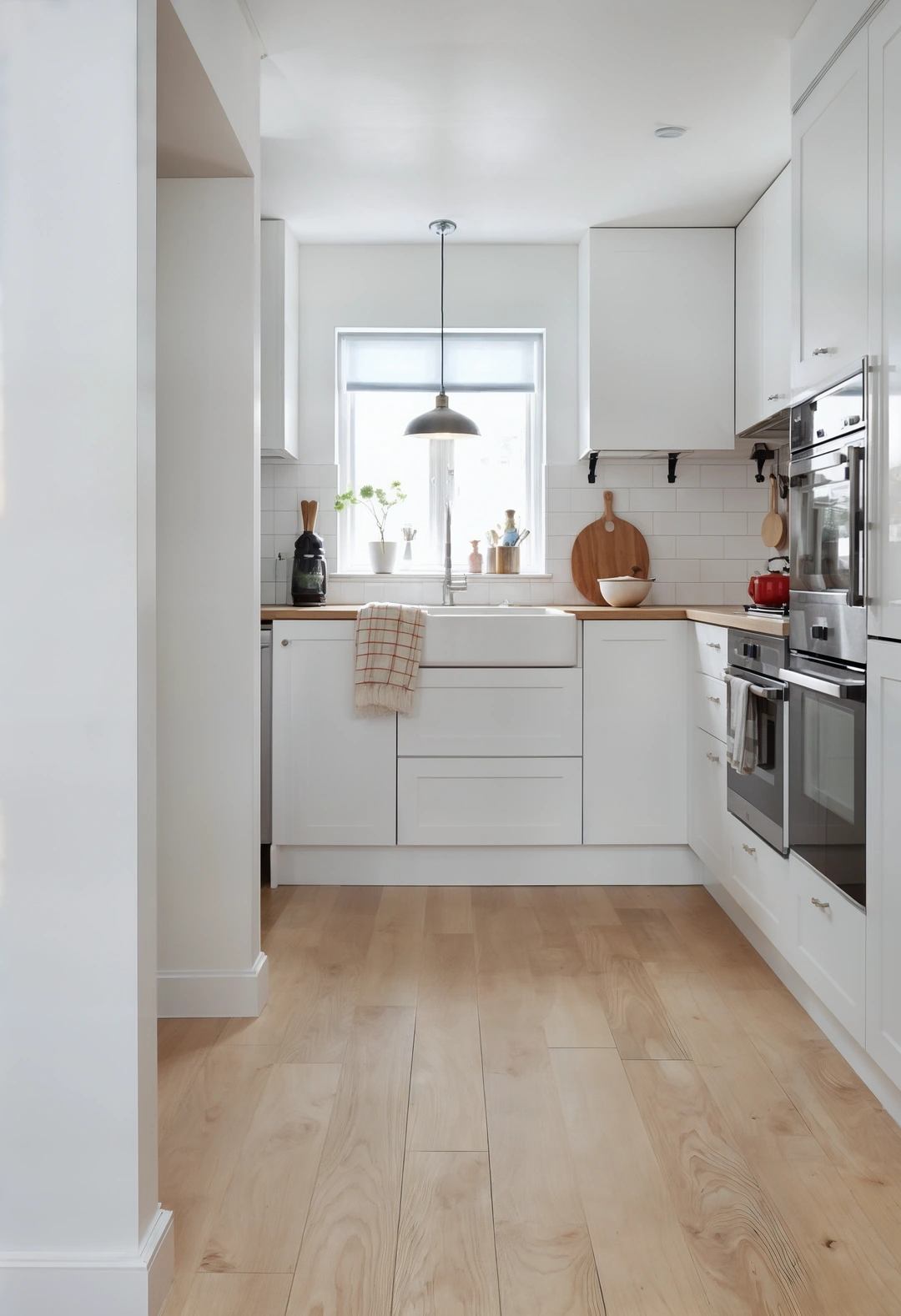
This approach treats flooring as a fundamental design foundation. Light hardwood can provide natural warmth while maintaining visual continuity with other wood elements.
Wood flooring in kitchens requires proper moisture protection and maintenance routines. Alternative materials like concrete or stone may provide easier maintenance with different aesthetic qualities.
Kitchen flooring considerations: Kitchen floors require materials that can handle moisture, spills, and heavy use while maintaining their appearance.
14. Smart Storage Implementation
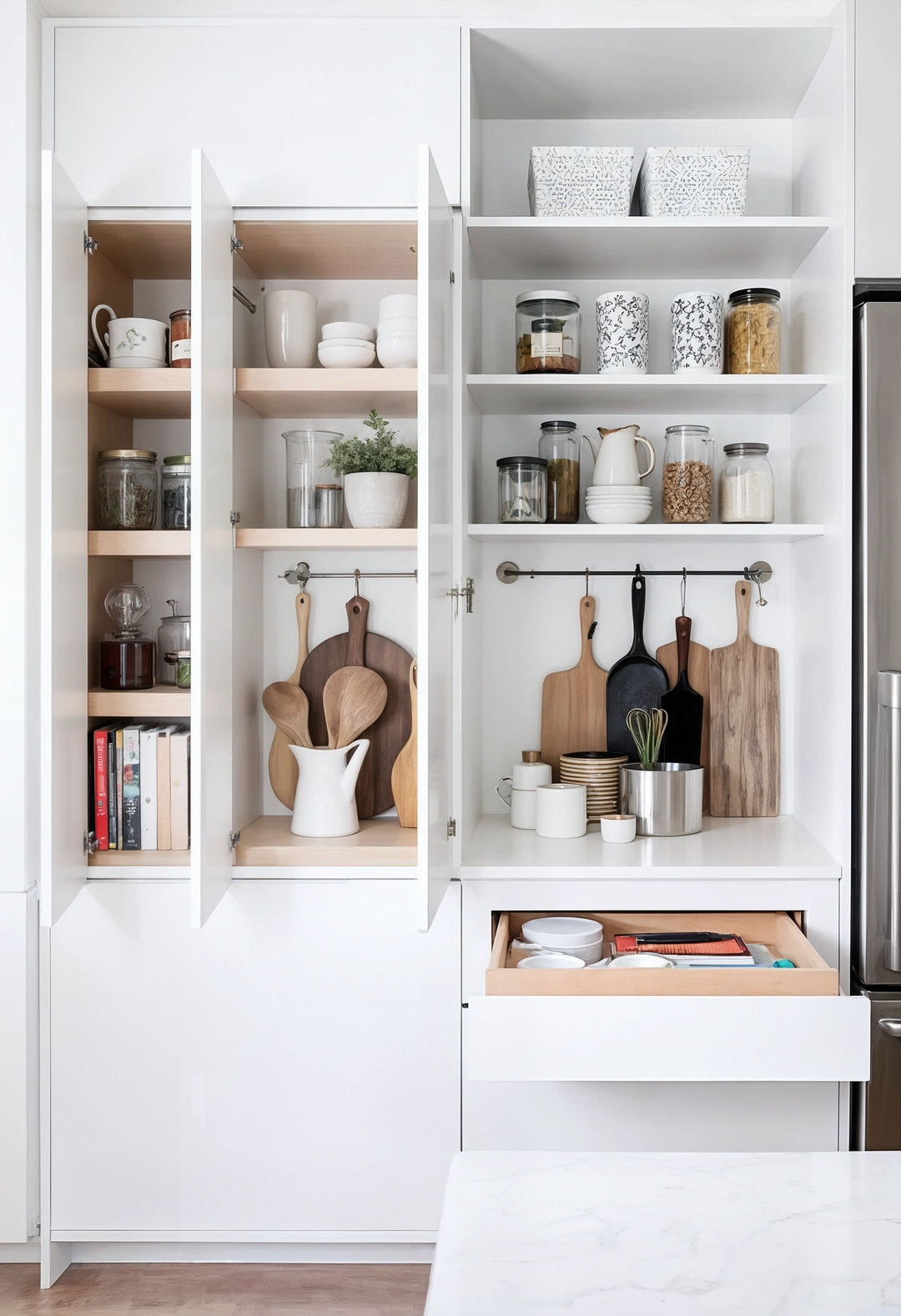
This approach maximizes space efficiency through thoughtful storage planning. Custom storage solutions can improve organization while maintaining clean external appearances.
Specialized storage often increases renovation costs but can significantly improve daily functionality. The combination works well for those wanting maximum efficiency within available space.
Storage investment: Custom storage solutions often represent significant upfront costs but can provide substantial long-term organizational benefits.
15. Dining Integration Planning

This approach incorporates dining areas within kitchen spaces. Simple furniture with clean lines can provide gathering spaces while maintaining overall design coherence.
Seating comfort and durability become important considerations for daily family use. The combination often works in homes where kitchen dining serves primary meal functions.
Dining furniture durability: Kitchen dining furniture should withstand daily use while maintaining comfort and appearance over time.
16. Living Plant Integration
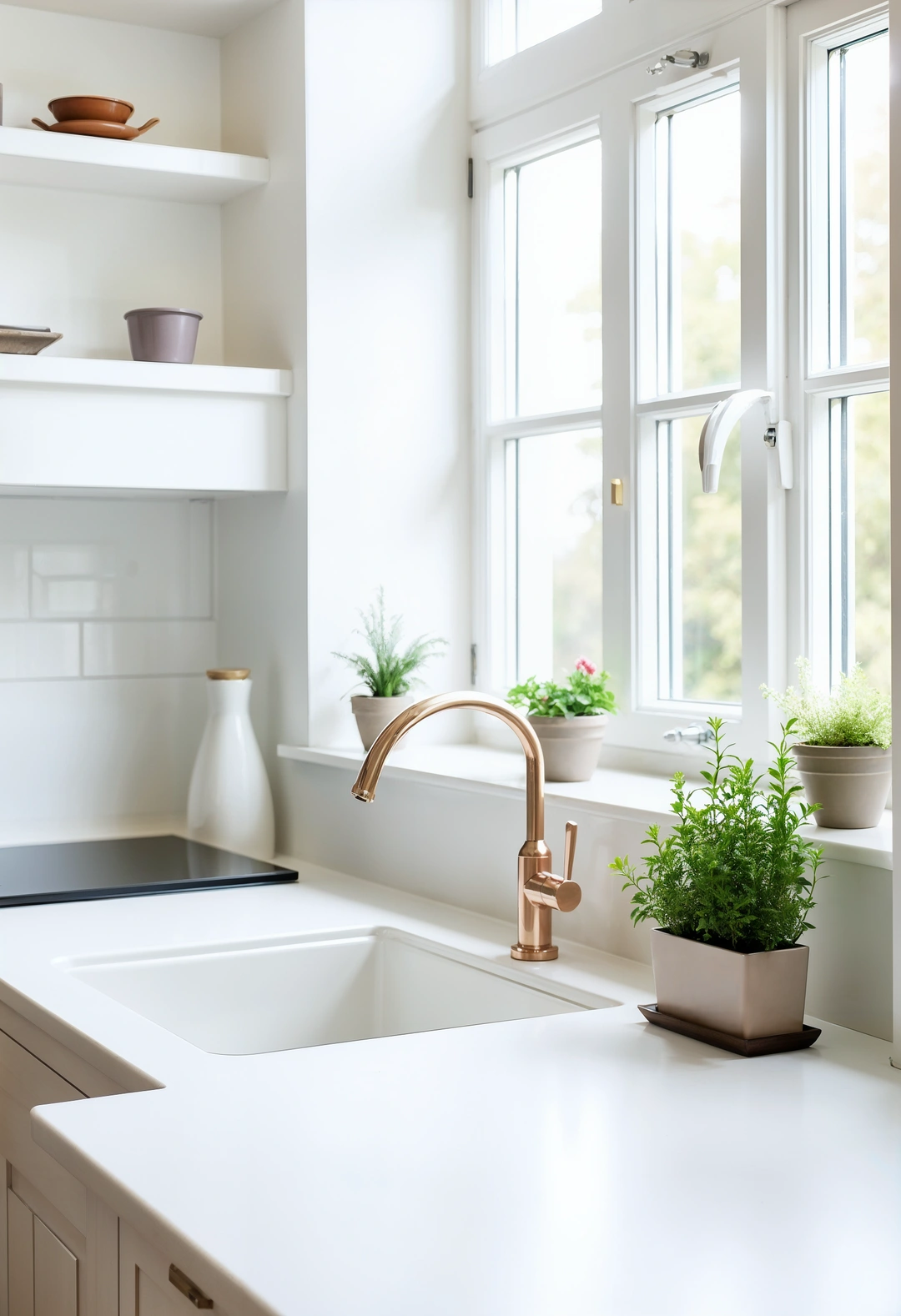
This approach incorporates plants as functional and aesthetic elements. Herbs and small plants can provide practical benefits while adding natural color and life to spaces.
Plant care requirements and kitchen environmental conditions need consideration for successful integration. The combination appeals to those wanting natural elements with practical benefits.
Plant maintenance: Kitchen plants need species selection appropriate for lighting and environmental conditions while fitting maintenance routines.
17. Surface Finish Selection
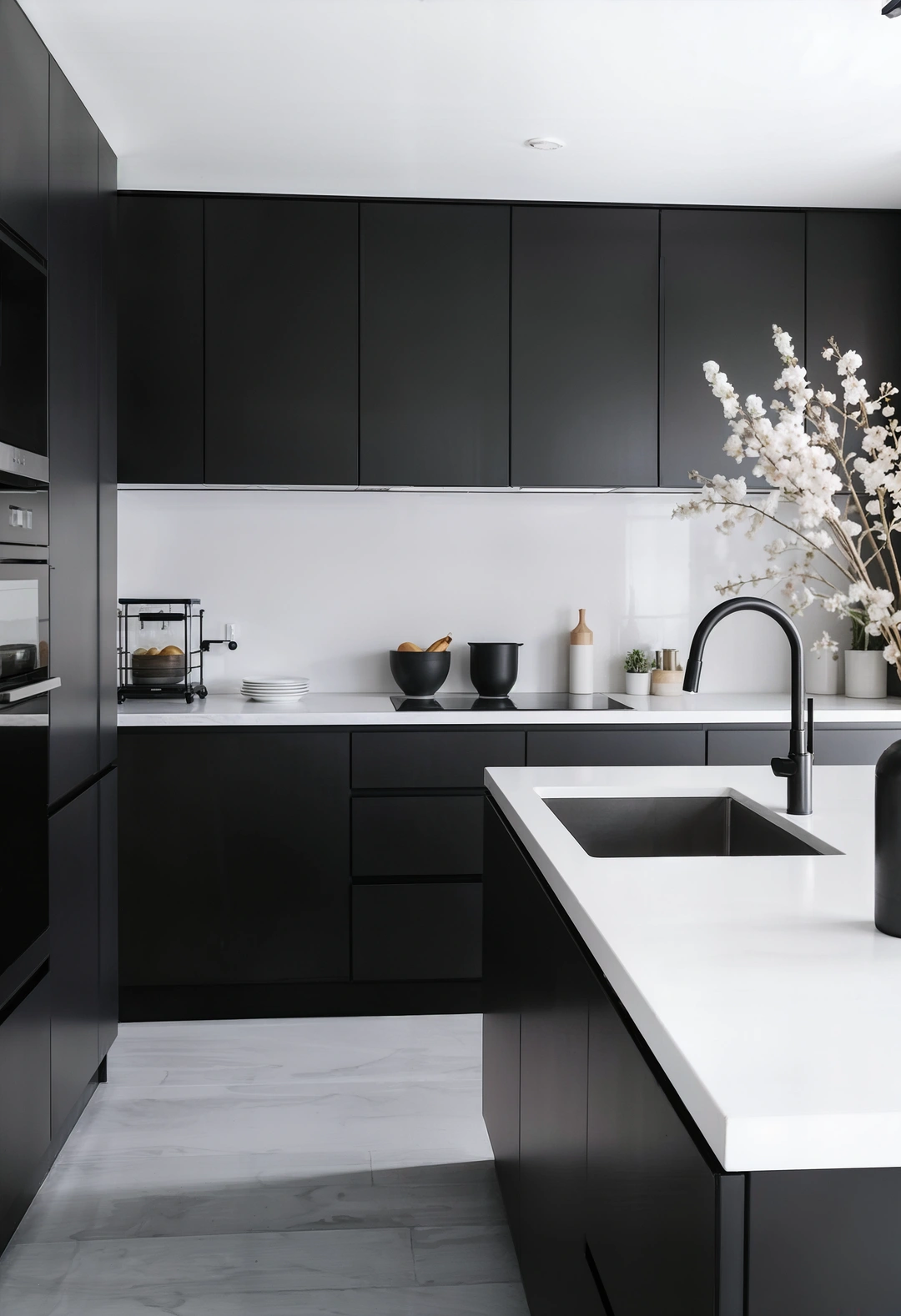
This approach uses matte finishes for practical and aesthetic benefits. Non-reflective surfaces can reduce glare while providing sophisticated appearances that hide minor wear better than glossy finishes.
Durability and cleaning requirements vary significantly between different finish types. The combination often works for those wanting sophisticated appearances with practical maintenance benefits.
Finish durability: Different surface finishes have varying maintenance requirements and durability characteristics for kitchen environments.
18. Personal Element Integration
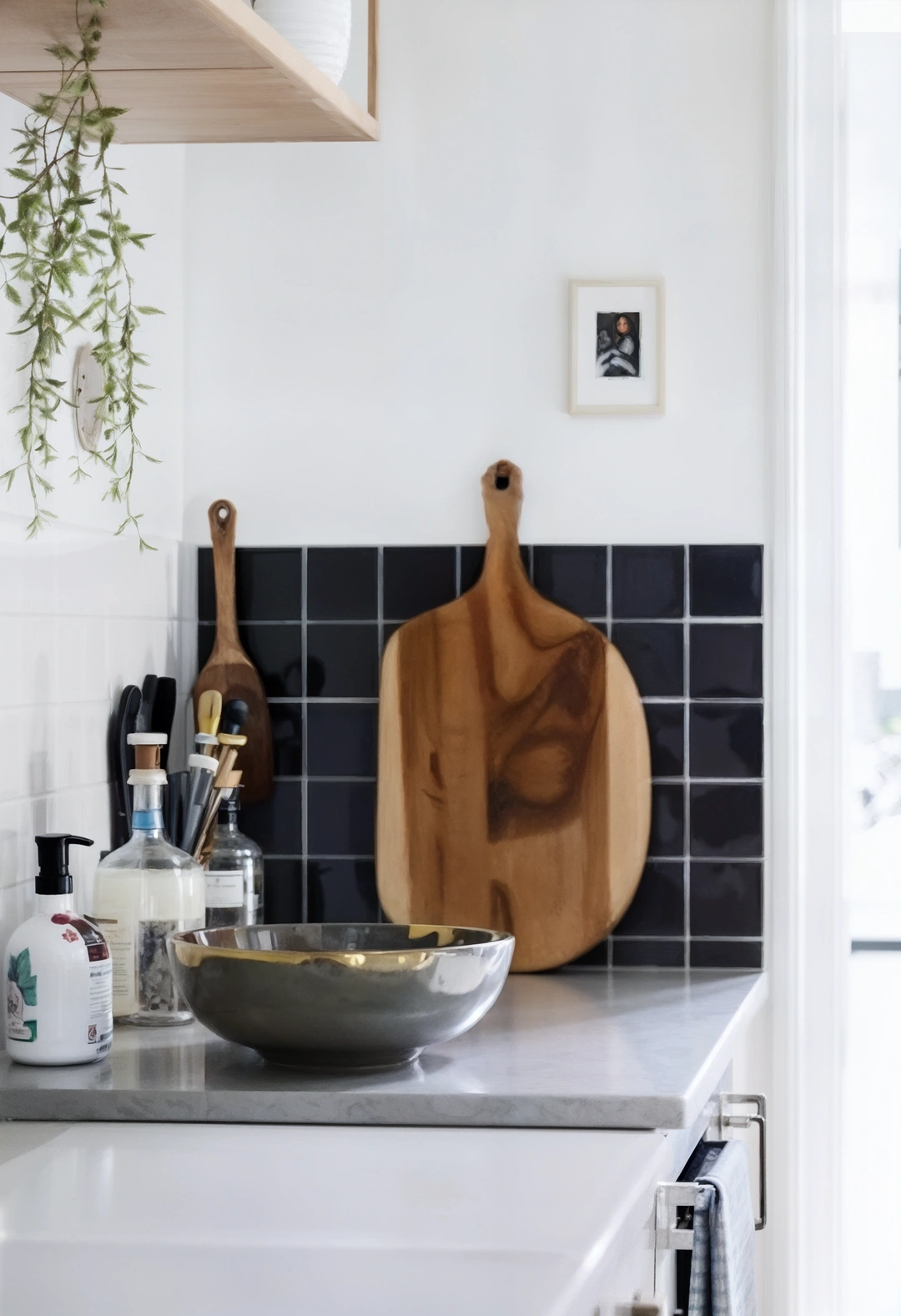
This approach incorporates individual touches within minimalist frameworks. Carefully chosen personal items can add warmth and character while maintaining overall design principles.
Successful integration requires restraint and thoughtful selection to avoid compromising clean aesthetics. The combination works for those wanting personalized spaces within minimalist design principles.
Personal integration balance: Successful personalization within minimalist design typically requires careful selection and restraint to maintain overall aesthetic goals.
Creating Your Perfect Nordic-Inspired Kitchen
Based on various homeowner experiences, successful Nordic kitchen design often happens when you choose approaches that genuinely enhance your daily cooking and family activities rather than simply copying design magazine aesthetics.
Consider your actual kitchen use patterns—do you cook elaborate meals, entertain frequently, or primarily use the kitchen for quick family meals and homework supervision?
The most functional Nordic kitchen approaches typically balance aesthetic goals with practical considerations like maintenance requirements, storage needs, and family lifestyle demands.
Start by honestly assessing your cooking habits, family size, and maintenance preferences, then consider which Nordic principles might enhance rather than complicate your daily kitchen use.
Remember that kitchen renovations represent significant investments in both time and money, so choosing design approaches that will remain functional and appealing as your family needs evolve often provides better long-term satisfaction than focusing solely on current aesthetic preferences.
Final reminder: Kitchen renovations typically involve electrical work, plumbing modifications, and potentially structural changes that require licensed professionals. Always consult appropriate contractors and obtain necessary permits to ensure safety, functionality, and code compliance.

